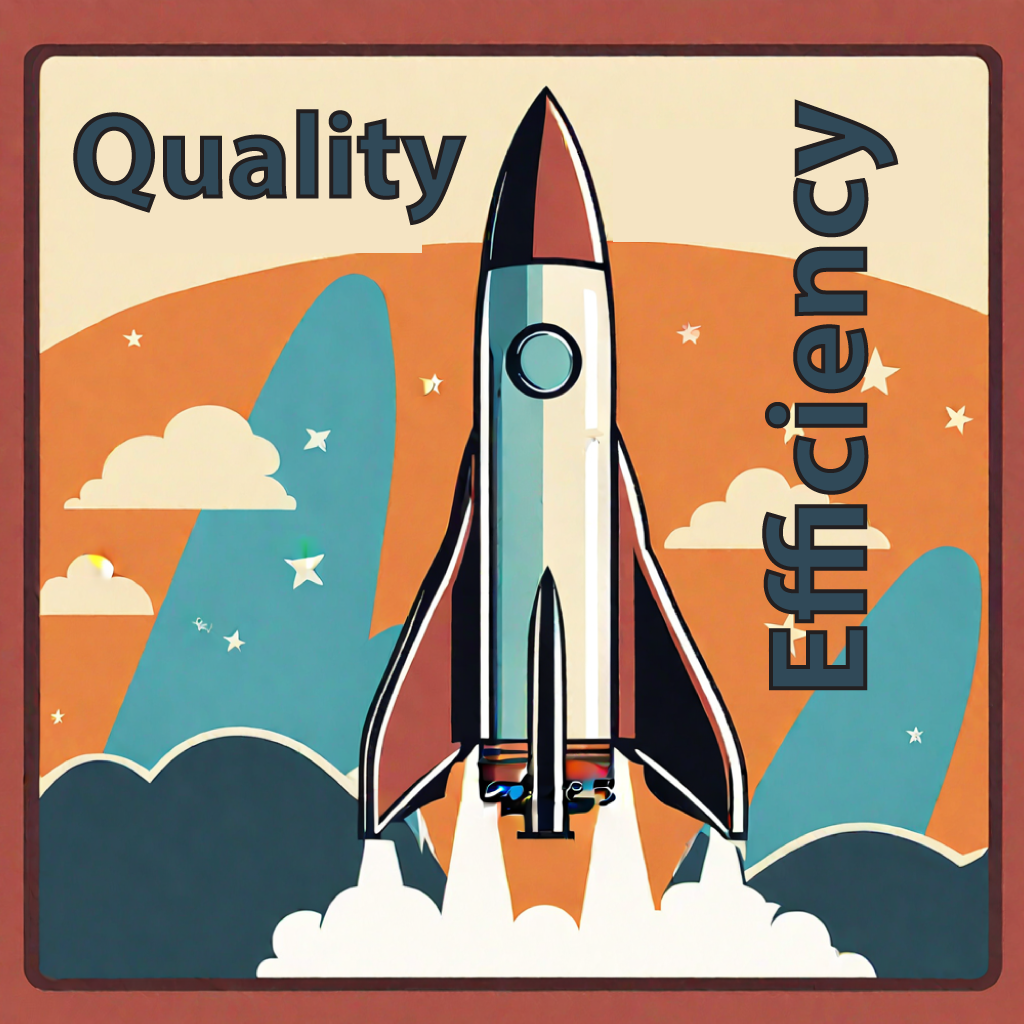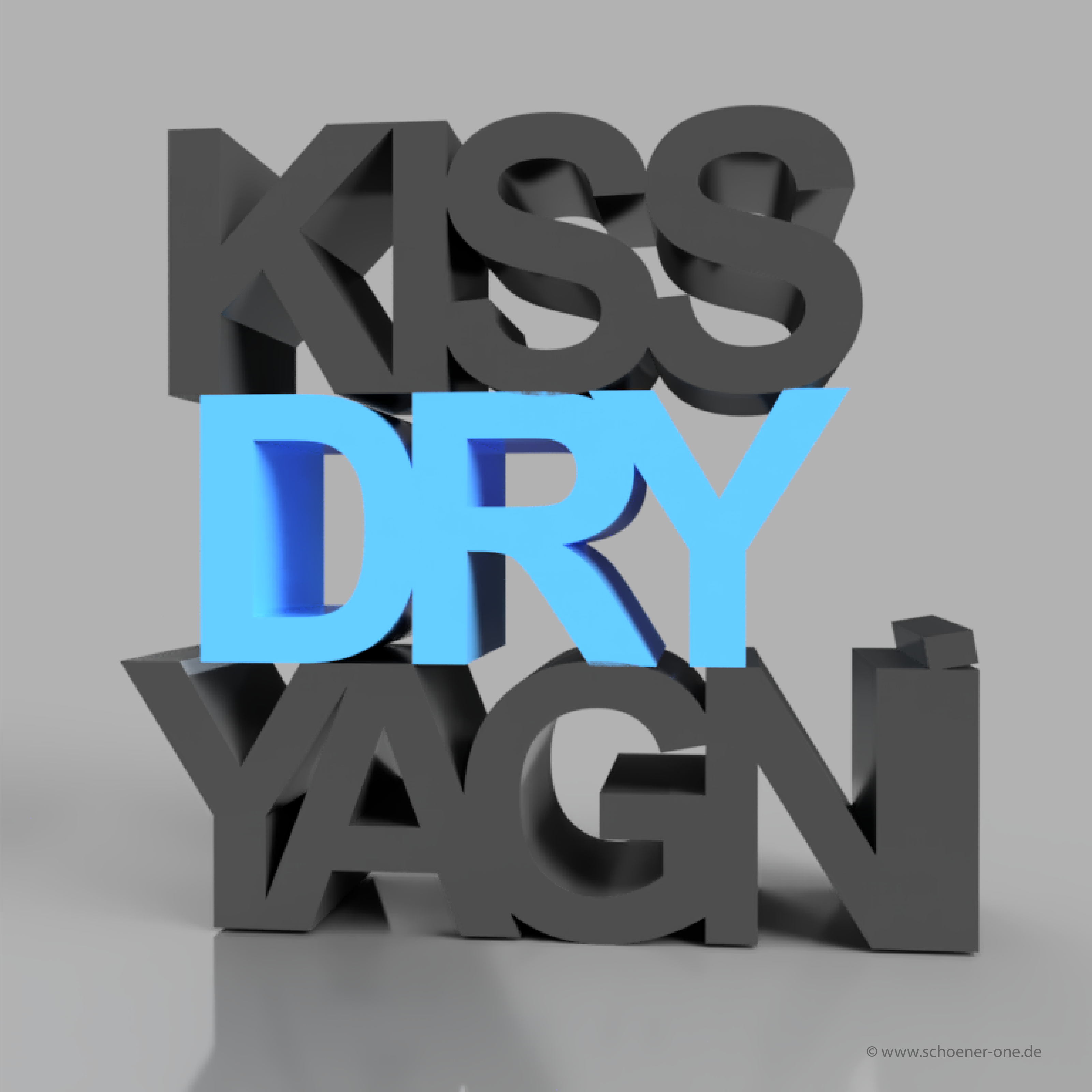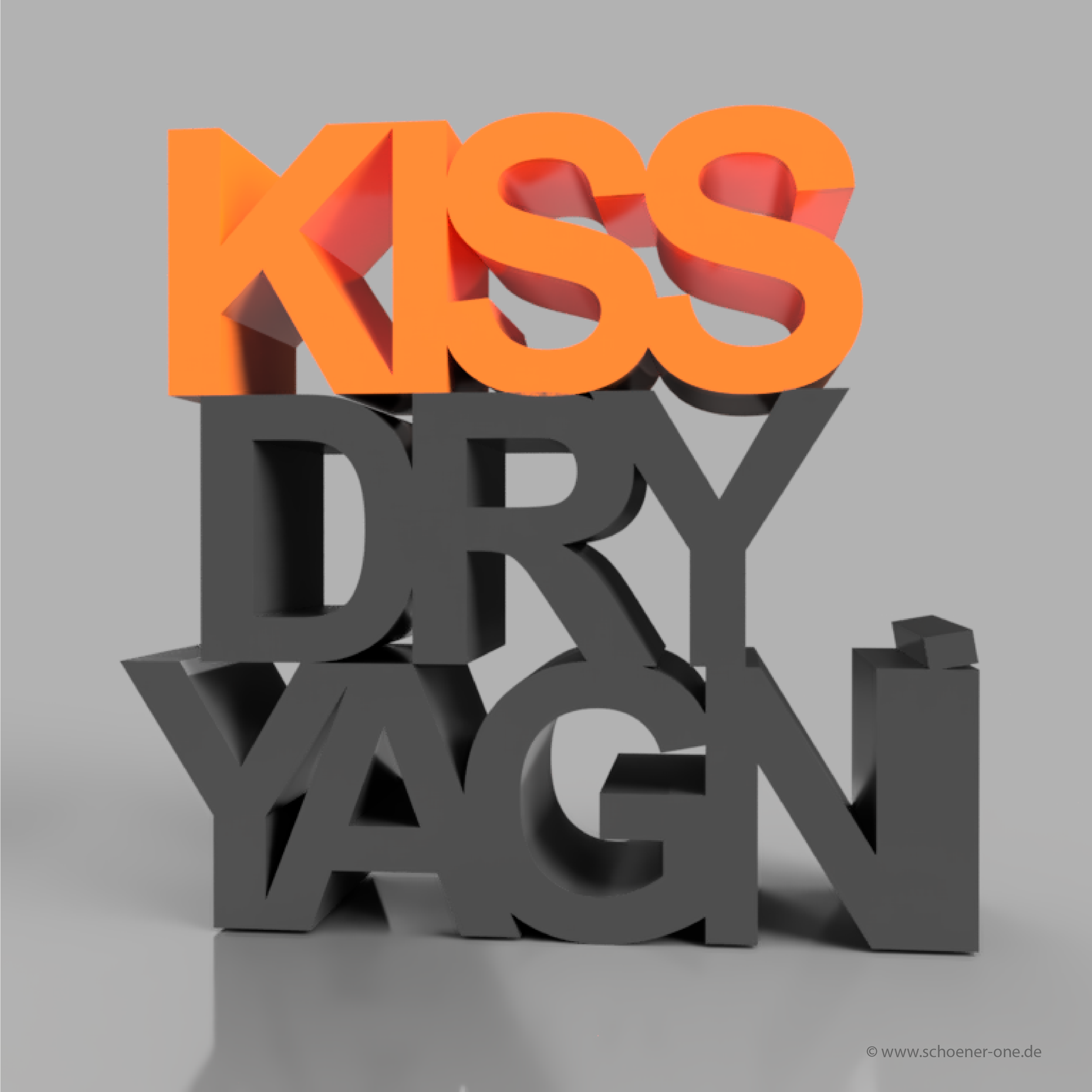How do you find the right balance between quality and efficiency when developing a software product? If the quality is too low, it will reduce the acceptance of the product among your target group (stakeholders), significantly delay the development time and cause additional costs as more errors have to be analyzed and fixed. A level of quality or quality assurance measures that is too high and no longer delivers any added value to your target group creates unnecessary development and production costs. Both extremes, too low quality and too high, affect the efficiency of product development as development time and costs increase.
The key is to find the ideal level of quality! This includes precisely understanding the needs and expectations of the target group, prioritizing the development of product functions and introducing or expanding appropriate testing procedures from the beginning of development. This means that deviations from the quality criteria and thus errors are detected early and can be remedied.
Here are some tips for achieving the right balance of quality when developing software products:
- Define clear quality goals: Set specific, measurable quality goals that align with the overall project goals (e.g. functional and non-functional requirements).
- Prioritize quality activities: Identify the most impactful quality assurance tasks and allocate resources accordingly.
- Automate as many processes as possible: Use automated testing tools (continuous testing) to optimize the testing process and detect errors early. Automated deployment (continuous deployment) helps you achieve the quality goal when rolling out the software. Automation saves time, resources and therefore money.
- Engage stakeholders early: Work with customers and other stakeholders to collect feedback and ensure the product meets their expectations.
- Measure and monitor quality: Continuously track quality metrics to identify areas for improvement and maintain a high standard.
- Balance quality with time and cost: Find the sweet spot where quality meets efficiency without compromising. Start from the stakeholders’ requirements for the product.
- Apply continuous improvement: Take an iterative approach to quality, constantly refining and improving the product over time.
- Communicate effectively: Promote open communication within the development team and with stakeholders to promptly address quality concerns (risk management). Establish a positive error culture in the team/company.
- Strengthen the team: Provide the development team with the tools, training and support they need to deliver high-quality software and remove impediments early on. A retroperspective helps to uncover circumstances that are blocking the team at an early stage.
- Leverage external expertise: Reach out to experienced quality assurance experts to uncover product quality or quality assurance issues and resolve them with professional help.






